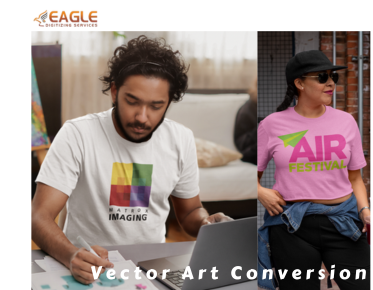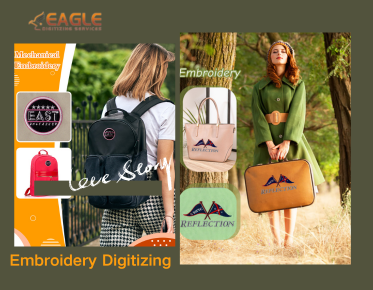Converting Raster Graphics to Vector Graphics
In the world of digital design, the ability to convert a raster graphic into a vector graphic is a valuable skill. Raster graphics, which are composed of pixels, can often lose quality when resized. In contrast, vector graphics are made up of paths defined by mathematical expressions, allowing them to be scaled infinitely without losing clarity. This conversion process is essential for designers who need to ensure their images maintain high quality across various formats and sizes.
The process of converting raster to vector graphics involves several steps and tools. Initially, one must choose the right software that can handle the intricacies of vectorization. Popular tools include Adobe Illustrator and CorelDRAW, which offer powerful features for tracing and converting images. These tools allow designers to manually trace over the raster image or use automated tracing features to create a vector version. Understanding the differences between these tools and their capabilities is crucial for achieving the best results in vector conversion.
Understanding Raster and Vector Graphics
Raster graphics are pixel-based images, commonly used in photographs and digital artwork. They are resolution-dependent, meaning their quality diminishes when scaled up. On the other hand, vector graphics are composed of paths, which are defined by a start and end point, along with other points, curves, and angles. This makes them ideal for logos, illustrations, and any design that requires scalability.
Why Convert Raster to Vector?
There are several reasons why converting raster images to vector graphics is beneficial. Firstly, vector graphics are scalable without losing quality, making them perfect for print media where high resolution is necessary. Secondly, they are easier to edit and manipulate, allowing designers to make changes without affecting the overall quality of the image. Lastly, vector files are typically smaller in size compared to raster files, making them easier to store and share.
Tools and Techniques for Conversion
Several tools are available for converting raster images to vector graphics. Adobe Illustrator is one of the most popular choices, offering a comprehensive set of tools for manual and automatic tracing. CorelDRAW is another powerful tool that provides similar features. Additionally, there are online services and software that can assist in the conversion process, each with its own set of features and capabilities.
Manual vs. Automatic Tracing
When converting raster to vector, designers can choose between manual and automatic tracing. Manual tracing involves using vector tools to draw over the raster image, which can be time-consuming but offers precise control over the final output. Automatic tracing, on the other hand, uses algorithms to convert the image, which is faster but may require additional editing to achieve the desired result.
Challenges in Raster to Vector Conversion
While converting raster images to vector graphics offers many benefits, it also presents certain challenges. One of the main challenges is maintaining the integrity of the original image, especially when dealing with complex images with many colors and gradients. Another challenge is ensuring that the vectorized image is as close to the original as possible, which may require significant editing and adjustment.
Best Practices for Conversion
To achieve the best results in raster to vector conversion, it is important to follow certain best practices. These include choosing the right software, understanding the capabilities and limitations of each tool, and being prepared to make manual adjustments to the vectorized image. Additionally, it is important to have a clear understanding of the intended use of the vector graphic, as this will influence the level of detail and complexity required.
Conclusion
Converting raster graphics to vector graphics is a crucial process for designers who need to ensure their images are scalable and maintain high quality. By understanding the differences between raster and vector graphics, choosing the right tools, and following best practices, designers can achieve excellent results in their vectorization projects. For those seeking professional assistance, Eagle Digitizing excels in delivering professional vector art services, transforming creative visions into scalable designs.



